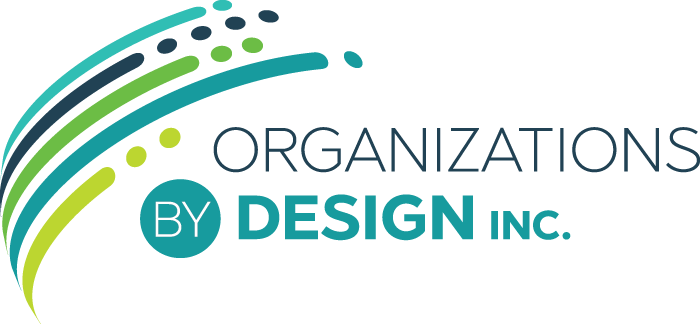As we move into Fall, I have been pondering about perspective and expectations regarding my garden. This led me to the following reflection: “What worked well this year? What more could I have done to produce a better crop? Am I happy with my yield? Were my gardening expectations met? And, what have I learned?” I also know that my attitude and mindset about gardening are an important part of the overall experience.
Just like in my gardening experience, our mindset about how much is enough and how we invest time, energy and resources impacts how we view, respond to and manage priorities in our work. For too long, not for profit organizations and their staff have worked using a mindset where allocating funds for anything outside of doing the work is a challenge. For example, years ago I found a program supervisor sitting on a broken chair writing with a pen that hardly worked. I was puzzled: when asked, her response to me was: ‘I know we do not have the funds for a new chair or more pens in our budget’. I assured her that we did; and I knew we must! Without the proper tools, how could I expect her to perform at her best?
Those who work in the Human Services field and in Not for Profit organizations know that annual budgets and strategic plans reflect the resources and activities that are most important for the organization. However, think about the difference it makes if you create a plan from a mindset of abundance (there is enough to go around) versus scarcity (we are just getting by).] Using the garden analogy, if I begin gardening from a mindset of investing in the things I need to ensure that the garden is successful, then decisions related to soil, seed quality and quantity, water and ensuring I have the right garden tools are easier. And the decision to share my self grown bedding plants is about the belief that there is enough, so everyone can benefit. However, if I had begun a garden with fear that I do not have enough, I would not invest in the tools and other items needed for success; I may not sow enough seed to produce the vegetables that I want; weeds could take over; and if I skimp on water, the plants may wither and die. If I believe that I do not or will not have enough, sharing my few precious resources is out the window and I would not have the joy of seeing others benefit from my seedlings.
In our current world, financial and other resources for Not for Profit Organizations are limited. That said, OBD Inc. would still encourage you to work from a mindset of abundance: that there is enough to go around and enough to ensure that your organization can offer high quality services that lead to accomplishing your mission. This mindset allows you to make budget and planning decisions so that employees have the right tools, resources, systems and support in place to do their best work. When employees know they can rely on the agency to provide them what they need, they do their best work. This abundance mindset can also contribute to a culture where possibilities, options, and creativity occur regularly and it fosters a learning environment where employees and the organization can manage events that are out of your control. People with abundance mindsets tend to focus on ‘what is working’ and to build on success. According to Carol Dweck, PhD, “People with growth mindsets show greater resilience. They are more likely to persevere in the face of setbacks while those with fixed mindsets are more liable to give up.” (2007; Mindset: The New Psychology of Success).
During this time of government budget constraints compiled with the economic downturn and the impacts of the pandemic, it might be tempting to cut back on some of those budget line items like staff wellness, staff learning and development or new equipment. We would challenge you to reconsider and to ensure that you use an abundance mindset when focussing on budgets, allocation of resources and strategic planning. How can we take what we do have and make sure that our employees have what they need to make the lives of our service users a bit better today? How do we ensure that our employees are resilient and mobilized with the resources and tools they need to face their daily challenges, and to ultimately achieve the organizational mission?
Reflecting on perspective and expectations from an abundance mindset is a powerful lens that will aid in planning your next steps. What worked well this year? What more could you do for service users and employees? What would happen if you invested more in supporting employee wellness? How are you supporting the growth of your employees and the organization? Are you happy with the outcomes? What have you learned? What can you share with others? And, do you love what you do?
Are you harvesting the things you want in your agency and getting a good yield from your current mindset?


Recent Comments